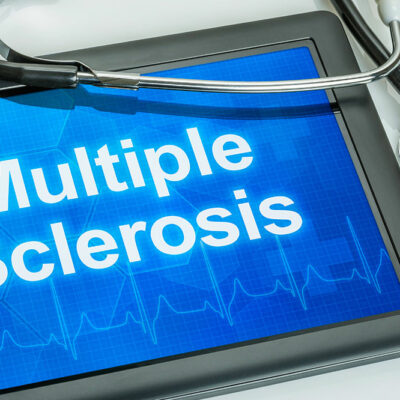
9 Types of Therapy for Depression
Depression can prevent a person from living the life they want. Loss of interest, lack of sleep and appetite, and fatigue are the common symptoms. Thankfully, the condition can be treated with medication and therapy. Therapy helps people deal with their mental or emotional storms more sensibly. However, there is no one-size-fits-all approach. Doctors can recommend one or a combination of the following therapies for depression, depending on the patient’s condition.
1. Cognitive behavioral therapy (CBT)
In this therapy, the doctor aims to transform negative thoughts, behavior, and feelings that arise with depression. The patient will learn to recognize harmful thoughts and practice new ways of thinking, leading to positivity.
2. Interpersonal therapy
Interpersonal therapy is used to treat patients with mild to moderate depression. The therapist evaluates the person’s relationship with others, such as their friends, family, and coworkers, to determine if any disputes between them are causing mental stress. It is a short-term therapy, and the therapist helps develop strategies to improves these relationships.
3. Dialectical behavioral therapy (DBT)
Like CBT, dialectical behavioral therapy helps the patient identify, accept, and regulate their emotions. During the sessions, the person is taught new skills to overcome negative and self-defeating thoughts and feelings. It can be helpful for those with more severe depression.
4. Mindfulness-based cognitive therapy (MBCT)
For people who experience repeated bouts of depression, MBCT can be useful. The therapy works by combining CBT methods with mindfulness. It encourages the person to accept things as they are.
5. Psychodynamic therapy
This therapy focuses on resolving internal psychological conflicts that may be contributing to depression. It helps patients combat negative behaviors that often originate from childhood or unconscious feelings. The therapy is a long-term approach to treating mental health, unlike CBT and other treatments.
6. Behavioral activation
Behavioral activation is more likely to be used alongside other therapies. It encourages a person to be active and aims to incorporate more pleasant activities into their lifestyle. This helps reduce their depression symptoms.
7. Problem-solving therapy
It helps people identify and manage their life stressors that negatively impact their mental health. The therapist guides the individual to develop multiple ways to cope with stress and chooses the best solution after evaluating all the options.
8. Social skills training
Social skills training helps patients build and maintain healthy relationships by improving communication skills. People learn how to build a strong network with others based on honesty and respect.
9. Supportive counseling
This is an unstructured therapy that mainly involves talking about any storms that the patient might be going through. The therapist listens to the individual’s experiences and concerns and shows understanding and support.
It is essential to understand that therapies may take months to work. Besides medication and therapy, making specific lifestyle changes like eating healthy meals, regular physical exercise, and getting enough sleep can also help cope with depression.


